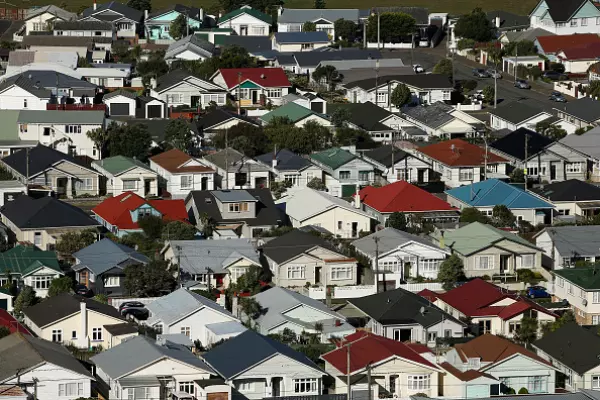ANALYSIS: Why banks don't pass on full OCR cuts

New Zealand's four major banks may be feeling battered as they await the Reserve Bank's final decisions on how much extra capital they're going to have to hold, but they should thank their lucky stars they're not as exposed to ritual bashings as their Australian parents.
Still grappling with the costly fallout from the royal commission into financial services – ANZ Bank alone is adding an A$559 million after-tax charge to this year's results to cover the costs of remediating over-charging and mis-selling products to its customers – the Australian banks are facing yet another inquiry.
This one will be conducted by the Australian Competition and Consumer Commission. Among other things, it will investigate why the big four have passed on just 57 basis points in their floating mortgage rates of the 75 basis points cuts the Reserve Bank of Australia has made to its cash rate this year.
It's a similar story in New Zealand where three of the big four have passed on just 60 points of RBNZ's 75 basis points of OCR cuts into their floating mortgage rates.
Westpac has cut 61 points, matching community-owned TSB, while the government-owned Kiwibank has passed on 65 points.
But the kiwi subsidiaries are unlikely to face the political blast their parents are enduring – Australian Treasurer Josh Frydenberg has accused them of "putting their profits before their customers.''
A major reason why the Australian parents are so exposed is that most Australian mortgages are at floating rates while most New Zealand mortgages are fixed.
RBNZ figures show only 16.2 percent of bank mortgages were at floating rates at the end of August while the Australian banks' latest reports show floating rate mortgages ranged from 72 percent of BNZ owner National Australia Bank's mortgage book to 82 percent for ANZ Bank's.
But it doesn't take too much thought to work out why banks in both countries are only passing on some of the respective central banks' rate cuts.
Massey University professor David Tripe says the political storm in Australia is "just bonkers" because the banks' funding costs haven't declined.
Deposit rates can only fall so far, and banks are also facing greater pressure to rely more on deposits than on wholesale funding from offshore, Tripe says.
Before the 2008 global financial crisis, the standard banking industry rules-of-thumb in New Zealand were that deposit rates were about 4 percentage points below the OCR and that floating mortgage rates were about 2 percentage points higher.
Fixed-rate mortgages were generally priced at about 1 percentage point above the relevant swap rate in the wholesale market.
Banks, after all, are ticket clippers and so need to borrow at less than their lending rates to survive.
It's obvious the banks can't cut deposit rates 4 percentage points when the OCR is 1 percent and the same goes for the Australian banks when the RBA's cash rate is 0.75 percent.
And the relativities in mortgage pricing have long since gone by the wayside as bank funding costs rose.
In New Zealand, Rabobank tends to offer the highest available deposit rates and it's currently offering a 2.6 percent variable deposit rate, but the catch is it requires 60 days' notice of withdrawals.
ANZ Bank in New Zealand is offering 1 percent or more for term deposits of 60 days or more and its highest rate, 2.8 percent, applies to deposits for between 180-240 days.
Even that highest rate is barely delivering a return above inflation – the latest data showed the consumers price index rose 1.5 percent in the year ended September and RBNZ's inflation expectations survey shows businesses expect 1.7 percent inflation in the next 12 months and 1.9 percent two years ahead.
On the other side of the banking ledger, floating rate mortgages for these six banks range from Kiwibank's 5.15 percent to Westpac's 5.34 percent.
Tripe says he's surprised the banks have cut their floating rates so much, but adds those floating rates are at "extortionate" levels.
The more relevant to most New Zealand mortgagors is the two-year fixed rate which ranges from Westpac and ANZ's 3.45 percent to TSB's 3.59 percent.
"The spreads on floating rates are way higher than on any of the fixed-rate spreads," Tripe says.
Since the GFC, banks have a regulatory imperative, directed by RBNZ, to increase their reliance on domestic deposits and to rely less on overseas wholesale funding.
Overseas wholesale funding has dropped from about 35 percent when the GFC hit to about 22 percent.
Tripe turns to Shakespeare to describe Australia's latest bank-bashing probe: "full of sound and fury, signifying nothing."
Comments














